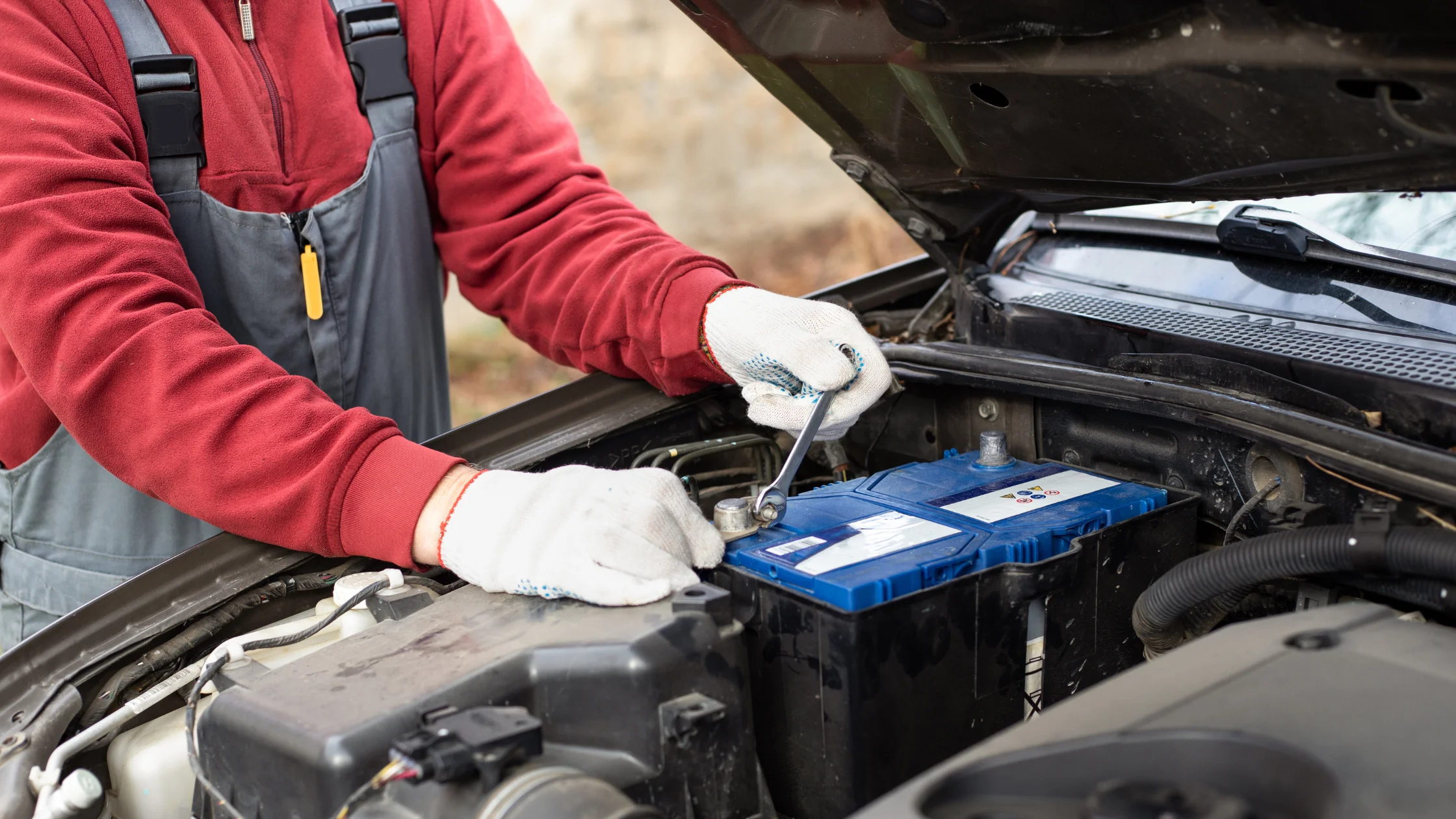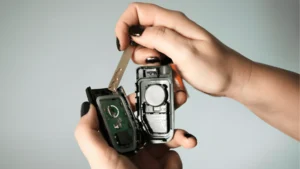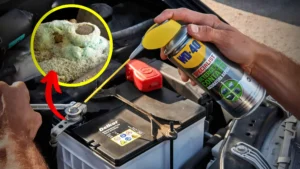Replacing your car battery is a crucial maintenance task that ensures your vehicle runs smoothly. However, the job doesn’t end once you’ve installed the new battery. Several important steps follow the replacement to guarantee optimal performance and avoid potential issues. This guide will walk you through what to do after replacing your car battery.
1. Check the Battery Connections
Ensure Proper Terminal Connections
After installing the new battery, make sure the battery terminals are properly connected. Loose or improperly connected terminals can lead to a variety of issues, including difficulty starting the car and electrical system malfunctions. Tighten the clamps securely but be careful not to overtighten and damage the terminals.
Clean the Terminals
Even with a new battery, ensuring clean terminal connections is vital. Use a wire brush or terminal cleaner to remove any corrosion or debris from the battery posts and connectors.
2. Reset Electrical Systems
Reprogram Car Electronics
Replacing the battery can reset your car’s electronic systems, including the clock, radio presets, and other custom settings. Take a few moments to reprogram these settings to your preferences.
Relearn the Idle and Fuel Settings
Modern cars often need to relearn their idle and fuel settings after a battery replacement. To do this, start the car and let it idle for a few minutes. This process helps the engine control module recalibrate the necessary parameters for smooth operation.
3. Inspect the Charging System
Test the Alternator
A new battery will not solve charging issues if the alternator is malfunctioning. Use a multimeter to check the alternator’s output voltage. It should read between 13.8 to 14.4 volts with the engine running. If the voltage is outside this range, the alternator may need servicing or replacement.
Check the Serpentine Belt
Inspect the serpentine belt that drives the alternator. Ensure it is in good condition and properly tensioned. A worn or loose belt can lead to poor alternator performance and battery charging problems.
4. Monitor Battery Performance
Keep an Eye on Battery Health
Even after replacing the battery, it’s essential to monitor its health regularly. Many auto parts stores offer free battery testing services. Take advantage of these services to ensure your new battery remains in good condition.
Address Warning Lights Promptly
If your car’s battery warning light comes on after replacement, do not ignore it. This could indicate an issue with the charging system or a faulty connection. Investigate the cause immediately to prevent getting stranded.
5. Maintain Your Battery
Regularly Inspect the Battery
Periodically check your battery for signs of corrosion, leaks, or damage. Cleaning the terminals and ensuring a secure fit can prolong the battery’s life and prevent electrical issues.
Drive Regularly
Short trips and infrequent use can lead to battery drain. Try to drive your car regularly and for longer distances to keep the battery charged. If your car sits unused for extended periods, consider using a trickle charger to maintain the battery charge.
6. Keep a Maintenance Log
Track Maintenance Activities
Keeping a log of all maintenance activities, including the date of battery replacement and any subsequent inspections or issues, helps you stay on top of your car’s health. This log can be invaluable when diagnosing problems or when you need to remember when the battery was last replaced.
Also Read: What to Do with Old Car Batteries?
Frequently Asked Questions
Replacing the battery disconnects the power, causing the car’s electronic systems to reset. Reprogram your settings and allow the engine to relearn idle and fuel settings.
Use a multimeter to check the alternator’s output voltage. It should read between 13.8 to 14.4 volts with the engine running. If the voltage is outside this range, the alternator may need servicing.
Regularly monitor your battery’s health, especially during routine maintenance. Many auto parts stores offer free battery testing services that you can use to ensure optimal performance.
Investigate the cause immediately. It could indicate an issue with the charging system or a faulty connection. Address the issue to prevent getting stranded.
Let your car idle for a few minutes after replacing the battery. This allows the engine control module to recalibrate idle and fuel settings.
Conclusion
Replacing your car battery is just the first step in ensuring reliable vehicle performance. By following these post-replacement steps, you can maximize the lifespan of your new battery and maintain your car’s overall health. Regular maintenance and monitoring are key to avoiding unexpected breakdowns and enjoying a smooth driving experience.





[…] Also Read: What to Do After Replacing Your Car Battery […]